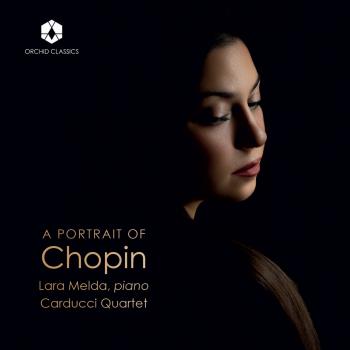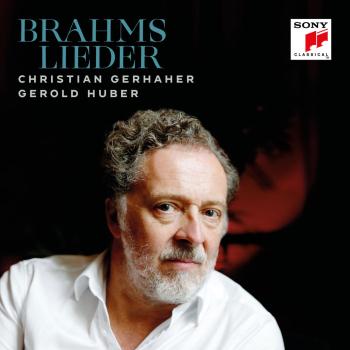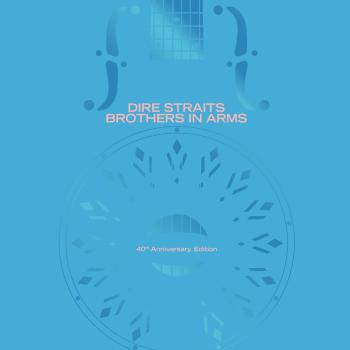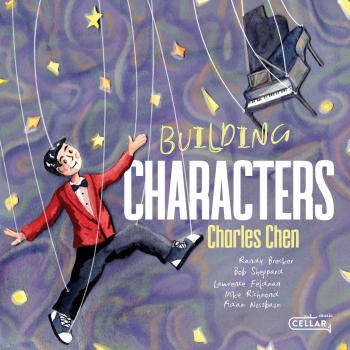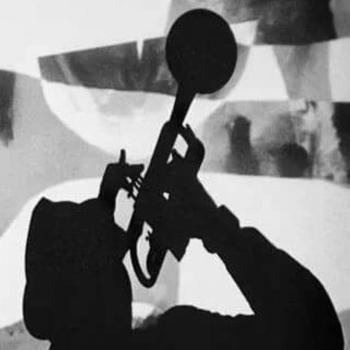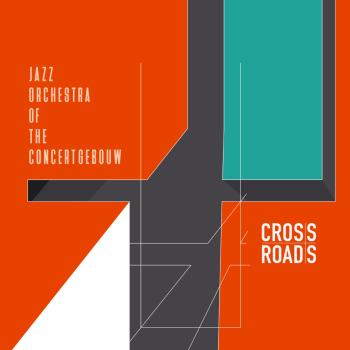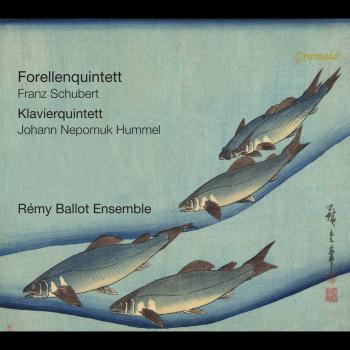Dame Joan Sutherland
Biographie Dame Joan Sutherland
Dame Joan Sutherland - Soprano
Hardly any other singer of our time has had such an uninterrupted and brilliant career as the Australian soprano, Joan Sutherland. Already described as `La Stupenda', the `Koloraturwunder' or `The Incomparable', she can look back on a career stretching over more than forty years which was soundly based and intelligently developed; but despite her international renown, despite the many honours she has received all over the world (in 1979 Queen Elizabeth II conferred on her the title of Dame of the British Empire) the artist has remained a completely natural human being.
Sutherland has been on the stage since 1947. In Sydney she sang the title role in Purcell's Dido and Aeneas, followed by performances in Handel's Samson and as Judith in Eugene Goossens' opera of that name. Her European career began in London in 1952 (including the part of Giorgetta in Puccini's Il tabarro at the Royal College of Music) and in the same year she also made her debut at the Royal Opera House Covent Garden as the First Lady in The Magic Flute. Before appearing in front of highly critical London audiences in a leading role, as Amelia in Un ballo in maschera, she sang the parts of the Priestess in Aida and Clotilde with Callas in Norma. Even at this early stage this exceptionally gifted soprano demonstrated her range as the Countess in Figaro, but she had to wait another year for her next leading role, during which time she sang the Overseer in Elektra, Lady Rich in Britten's Gloriana, Frasquita in Carmen and Helmwige in Die Walküre at Covent Garden and with the company on tour. Her most important parts in 1954 were Aida and Agathe, in addition to which she was still performing smaller roles such as Woglinde and the Wood Bird. Surprisingly this soprano who has for so long tended towards coloratura, originally appeared in Tales of Hoffmann, not as Olympia, but as Antonia and Giulietta; it was fifteen years later (in Seattle in 1970) that she sang all four female parts in Offenbach's opera -- an achievement captured by DECCA in a complete recording made in the following year.
Micaëla, Pamina, Eva in Meistersinger, Alcina, Gilda, Desdemona, Jennifer in the premiere of Tippett's Midsummer Marriage, and Madame Lidoine in Poulenc's Dialogues of the Carmelites were further London landmarks, together with Madame Herz in 1957 in Mozart's Schauspieldirektor at the Glyndebourne Festival. The year 1958 saw her first important appearances outside Great Britain. For instance in Vancouver she sang Donna Anna in Günther Rennert's production of Don Giovanni. The decisive turning point in her career came in February 1959, when she performed Lucia di Lammermoor in London in Franco Zeffirelli's production, conducted by Tullio Serafin; she became a star overnight. No other singer has kept this exceptionally demanding part in her repertoire for thirty years; she was still to be heard as Lucia in Barcelona in 1988.
In 1959 the producers at DECCA became aware of the new vocal miracle and entered into an exclusive contract with Joan Sutherland. Since that time her regular recordings have captured all the important stages of her career, beginning with the double album The Art of the Prima Donna containing representative roles from the Italian dramatic coloratura repertoire. Handel's Rodelinda, Violetta, Elvira in I puritani and Amina in La sonnambula followed. The Australian was acquiring an increasing international reputation, since sopranos in the tradition of Malibran, Grisi and other great primadonnas of the 19th century were becoming ever rarer. In view of the great potential of Sutherland's voice it was only a matter of time before she made her debut at La Scala Milan. In 1961 she appeared there in the title role in Bellini's Beatrice di Tenda; a year later she sang, with sensational success, Marguerite de Valois in Meyerbeer's Les Huguenots (with Franco Corelli, Giulietta Simionato, Nicolai Ghiaurov and Fiorenza Cossotto) and as Rossini's Semiramide. In 1962 she was a highly praised Queen of the Night in a production with Otto Klemperer at Covent Garden, and the following year she sang the role of Cleopatra in Handel's Julius Caesar at Sadler's Wells. In addition she toured Australia with her own opera company between 1965 and 1974.
Up to that time Joan Sutherland had sung under many of the leading opera conductors of the day: John Barbirolli, Vittorio Gui, Erich Kleiber, John Pritchard (who conducted her first complete recording of Lucia), Raymond Leppard, Nello Santi, Antonino Votto and many others. They all praised her musicality, her feeling for a part and her artistic integrity, though some, who were less conscientious, feared her precisely for these reasons, because professionalism was and still is all-important to her. Since 1963 she has worked almost exclusively with her husband, the conductor Richard Bonynge, under whose stylistically expert direction her career has been planned with exemplary care. Highly promising voices are quickly `burnt out' in the international opera business, and following her London success in Lucia she was offered Lady Macbeth and other heavy, dramatic roles, but the singer and her constant (musical) companion and accompanist concentrated on parts which have ensured a long career. She sang her first Norma in Vancouver in 1963; which other soprano has been able to retain this murderous part in her repertoire for a quarter of a century?
Soon the Sutherland-Bonynge team were able to make their own choice of works in the leading opera houses of the world. In 1965 they performed Gounod's Faust in Philadelphia. In 1966 they followed it with The Daughter of the Regiment in London and in the following year with Lakmé in Seattle; in the same year she sang Haydn's Euridice at the Vienna Festival. To the standard roles in her growing repertoire, she added largely forgotten operas, in which the demanding leading parts at last found a fitting interpreter; Donizetti's Maria Stuarda (1971 in San Francisco) and Lucrezia Borgia (1972 in Vancouver), Rosalinde in Fledermaus and Massenet's Esclarmonde (1973 and 1974 respectively in San Fransisco), Leonora in Il trovatore (1975 in San Fransisco) and The Merry Widow (1976 in Vancouver), Puccini's Suor Angelica, Sita in Massenet's Le Roi de Lahore (1977 in Sydney and Vancouver), Electra in Idomeneo and Amalia in Verdi's I masnadieri (1979 and 1980 respectively in Sydney). In 1980 she performed the part of Rosalinde (Die Fledermaus) in San Diego, where in 1983 she also appeared as Adriana Lecouvreur, and in 1984 she sang Anna Bolena for the first time in Toronto. Her most recent new stage role was as Ophelia in Thomas's Hamlet (1985 in Toronto).
The world of music has much for which to thank Joan Sutherland, who has rescued so many operas from oblivion, not only in the field of Italian bel canto, but also in the French repertoire. Fortunately her work is almost completely preserved on record, with the leading stars of our time such as Luciano Pavarotti, Plácido Domingo, Giacomo Aragall, Sherrill Milnes, Ingvar Wixell, time and time again with Marilyn Horne, with whom she has formed a close artistic friendship, with Huguette Tourangeau (a discovery of Richard Bonynge's), Montserrat Caballé and many others. There are very few roles which Sutherland has only sung on record, but they include Puccini's Turandot, Adina in L'elisir d'amore, Ah-Joe in Leoni's L'Oracolo and most recently Handel's Athalia in an 'authentic' recording with the Academy of Ancient Music under the direction of Christopher Hogwood. This recital of roles and details of first performances can only give a very sketchy idea of Sutherland's career. Anyone who has had the good fortune to work with her will confirm that it has failed to do justice to the human qualities of the singer. She has been particularly helpful and considerate towards young and unknown artists and has assisted many to find their feet who have been discovered by the Sutherland-Bonynge team's unerring instinct for the exceptional. Integrity has been an important factor in Sutherland's many-facetted career; in her four decades of activity she has not only kept faith with countrless admirers throughout the world, but also and above all has remained true to herself and to her artistic vocation.
Dame Joan Sutherland passed away on 10th October 2010.

